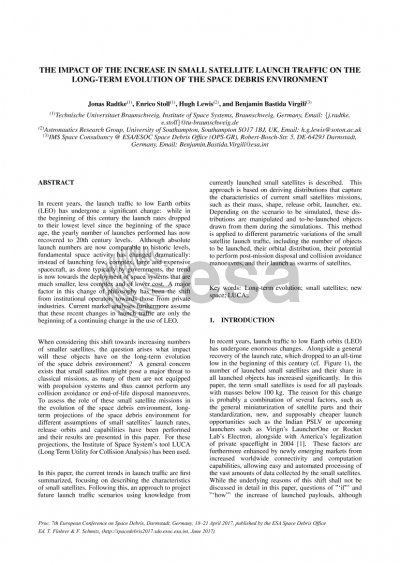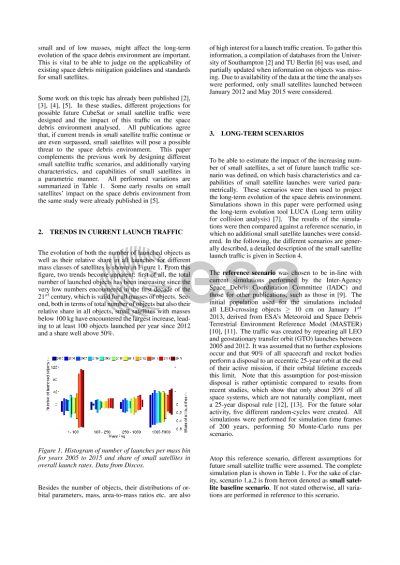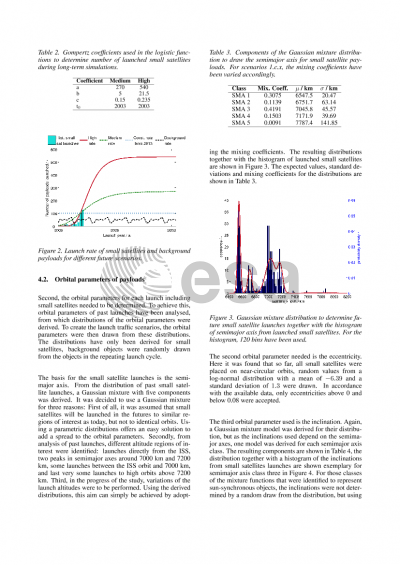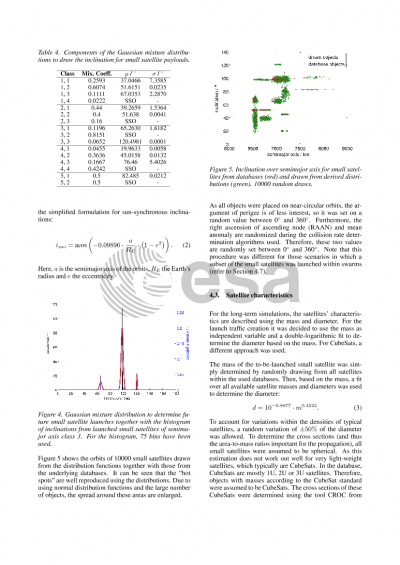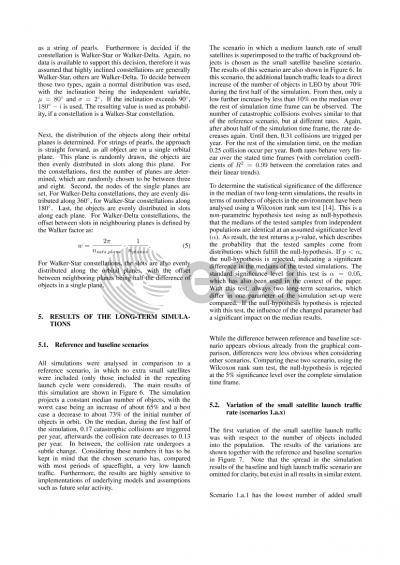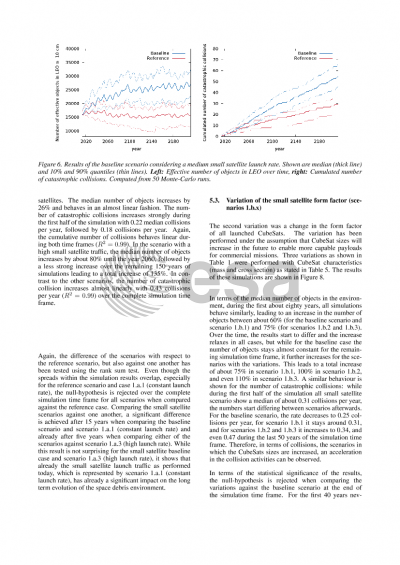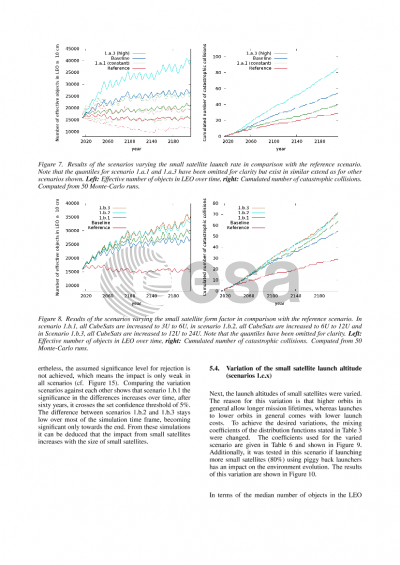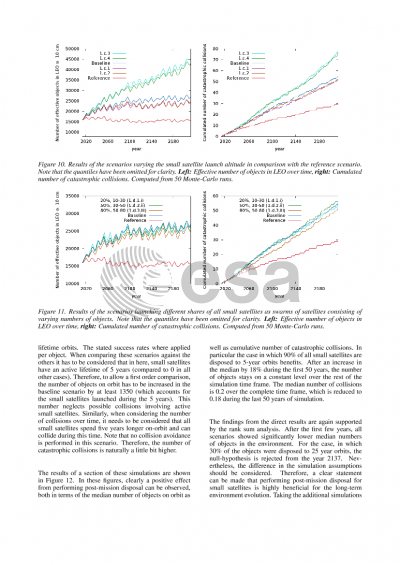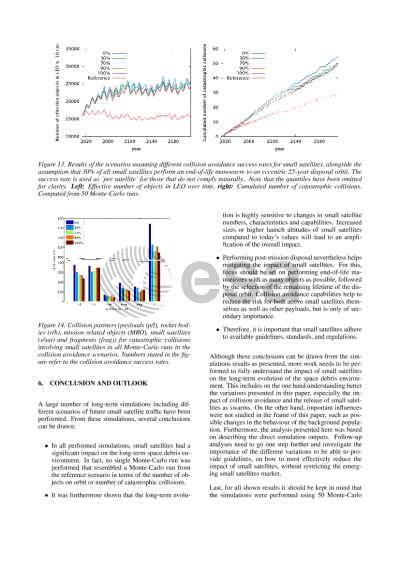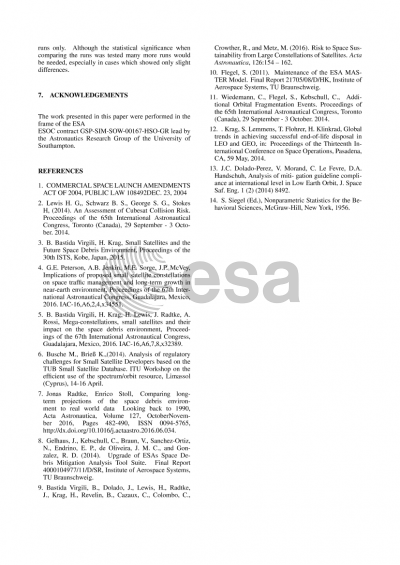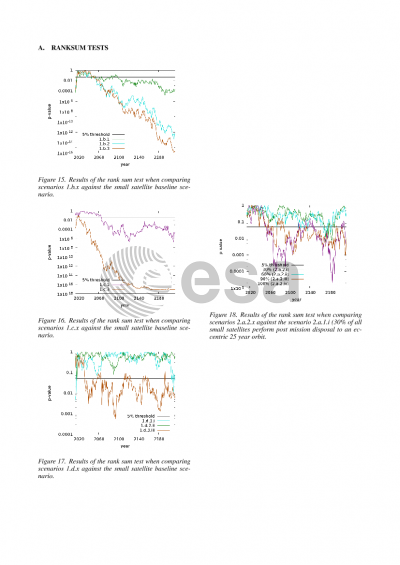Document details
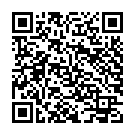
Abstract
In recent years, the launch traffic to low Earth orbits (LEO) has undergone a significant change: while in the beginning of this century the launch rates dropped to their lowest level since the beginning of the space age, the yearly number of launches performed has now recovered to 20th century levels. Although absolute launch numbers are now comparable to historic levels, fundamental space activity has changed dramatically: instead of launching few, complex, large and expensive spacecraft, as done typically by governments, the trend is now towards the deployment of space systems that are much smaller, less complex and of lower cost. A major factor in this change of philosophy has been the shift from institutional operators towards those from private industries. Current market analyses furthermore assume that these recent changes in launch traffic are only the beginning of a continuing change in the use of LEO.
When considering this shift towards increasing numbers of smaller satellites, the question arises what impact will these objects have on the long-term evolution of the space debris environment? A general concern exists that small satellites might pose a major threat to classical missions, as many of them are not equipped with propulsion systems and thus cannot perform any collision avoidance or end-of-life disposal manoeuvres. To assess the role of these small satellite missions in the evolution of the space debris environment, long-term projections of the space debris environment for different assumptions of small satellites' launch rates, release orbits and capabilities have been performed and their results are presented in this paper. For these projections, the Institute of Space System's tool LUCA (Long Term Utility for Collision Analysis) has been used.
In this paper, the current trends in launch traffic are first summarized, focusing on describing the characteristics of small satellites. Following this, an approach to project future launch traffic scenarios using knowledge from currently launched small satellites is described. This approach is based on deriving distributions that capture the characteristics of current small satellites missions, such as their mass, shape, release orbit, launcher, etc. Depending on the scenario to be simulated, these distributions are manipulated and to-be-launched objects drawn from them during the simulations. This method is applied to different parametric variations of the small satellite launch traffic, including the number of objects to be launched, their orbital distribution, their potential to perform post-mission disposal and collision avoidance manoeuvres, and their launch as swarms of satellites.
Preview
